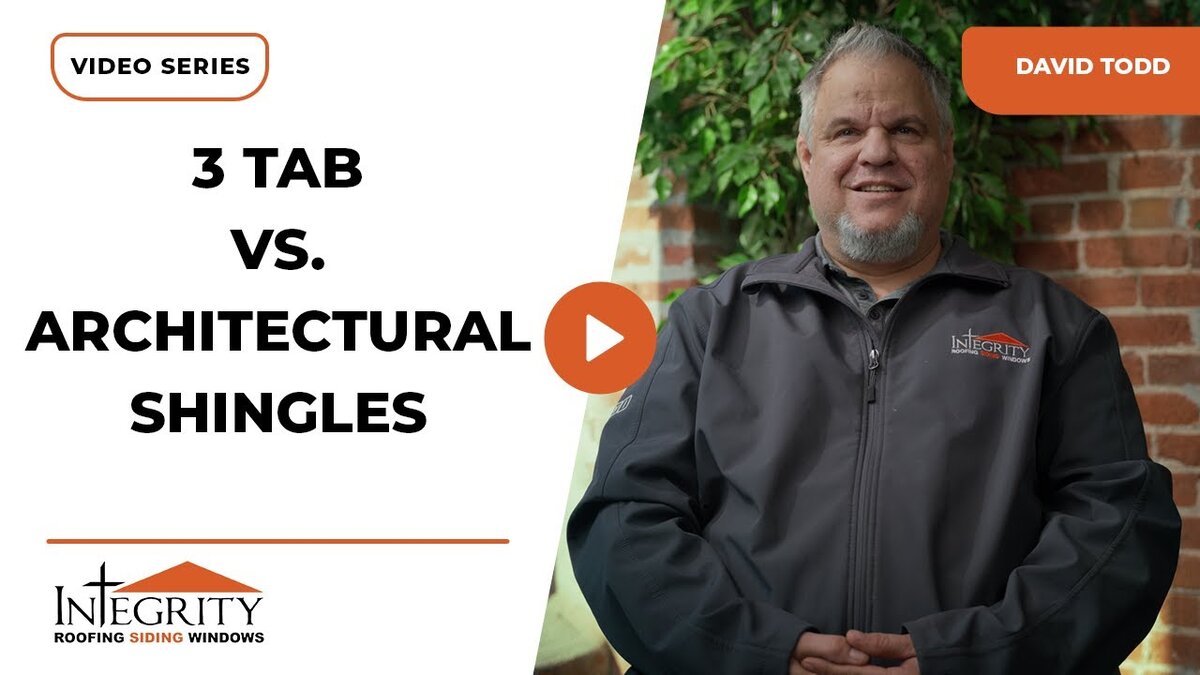When it comes to ensuring the longevity and durability of your asphalt shingles, one crucial factor often overlooked is the type of roofing underlayment used. Among the various options available, synthetic underlayment stands out as a superior choice. In this article, we’ll explore the reasons why manufacturer-specific synthetic underlayment is considered the best option for asphalt shingles.
The Importance of Manufacturer-Specific Synthetic Underlayment
Choosing the right roofing underlayment is paramount, and opting for the synthetic underlayment produced by the same manufacturer as your shingles is crucial. While it may cost a little more, there’s a valid reason behind this recommendation. Manufacturers design their synthetic underlayment to complement their specific shingle systems, ensuring optimal performance and longevity. By using the recommended underlayment, you minimize the risk of future problems, as both components are engineered to work seamlessly together.
The Downfall of Felt Paper
Gone are the days of relying on traditional felt paper for underlayment. Felt paper, whether 15 or 30 lb, was never intended for long-term durability. Its paper-like composition makes it prone to tearing and degradation over time.
In comparison, synthetic underlayment, especially those produced by reputable manufacturers like Owens Corning, offer unmatched durability. Unlike felt paper, synthetic underlayment is tear-resistant and specifically designed to withstand the rigors of the roofing environment.
Comparison of Felt and Synthetic Underlayment
The disparity between felt and synthetic underlayment becomes evident when you consider their physical properties. Felt paper, resembling paper in texture, tears easily, making it susceptible to damage during installation and adverse weather conditions. On the other hand, synthetic underlayment, such as Owens Corning’s Pro Armor synthetic, boasts exceptional tear resistance and durability. Its robust construction ensures that it can endure for decades, providing reliable protection for your asphalt shingles.
The Evolution of Roofing Underlayment
Over the years, roofing underlayment has undergone a significant evolution. While traditional felt underlayment dominated the market for decades, the emergence of synthetic underlayment marked a paradigm shift. Synthetic underlayment, though relatively new, offers superior performance and longevity compared to its felt counterpart. Manufacturers have continuously refined synthetic underlayment, enhancing its durability and weather resistance.
Future of Synthetic Underlayment
As technology advances, the future of synthetic underlayment looks promising. While current synthetic underlayments are already highly durable and reliable, further innovations are underway. Manufacturers may explore avenues to enhance fire retardation properties or improve insulation capabilities.
However, striking a balance between durability and affordability remains paramount. While thicker and more durable synthetic underlayments are beneficial, excessive thickness may prove unnecessary. Regardless, the future of roofing underlayment undoubtedly lies in synthetic materials and their continued refinement.
In Summary
When it comes to choosing the best roofing underlayment for your asphalt shingles, manufacturer-specific synthetic underlayment reigns supreme. Its superior durability, longevity, and compatibility with shingle systems make it the preferred choice among homeowners and roofing professionals alike. Say goodbye to outdated felt paper and embrace the reliability of synthetic underlayment for your roofing needs.
If you’re considering a roofing project or need advice on selecting the right underlayment, don’t hesitate to contact us. Our team of experts is here to assist you every step of the way.





